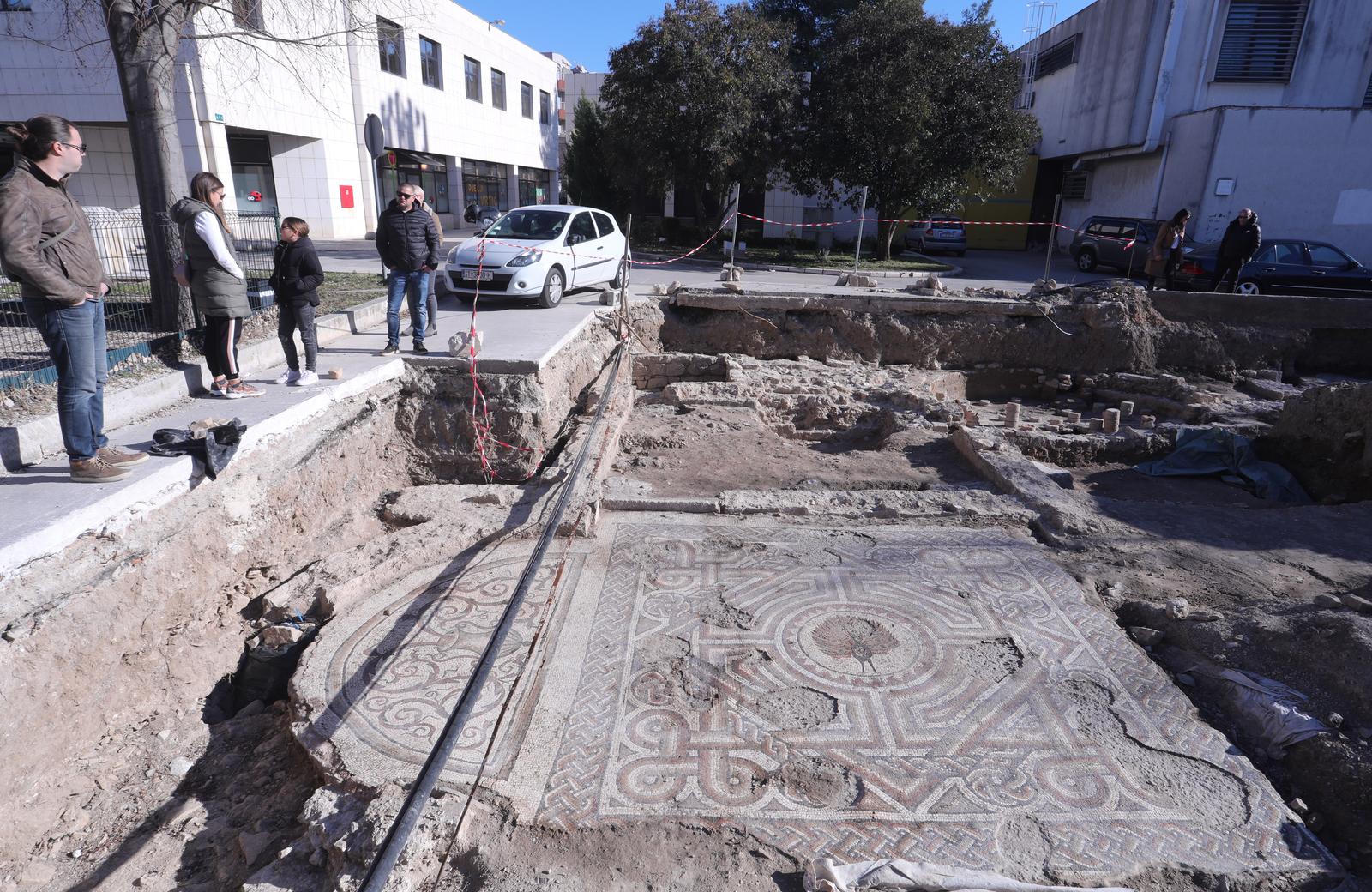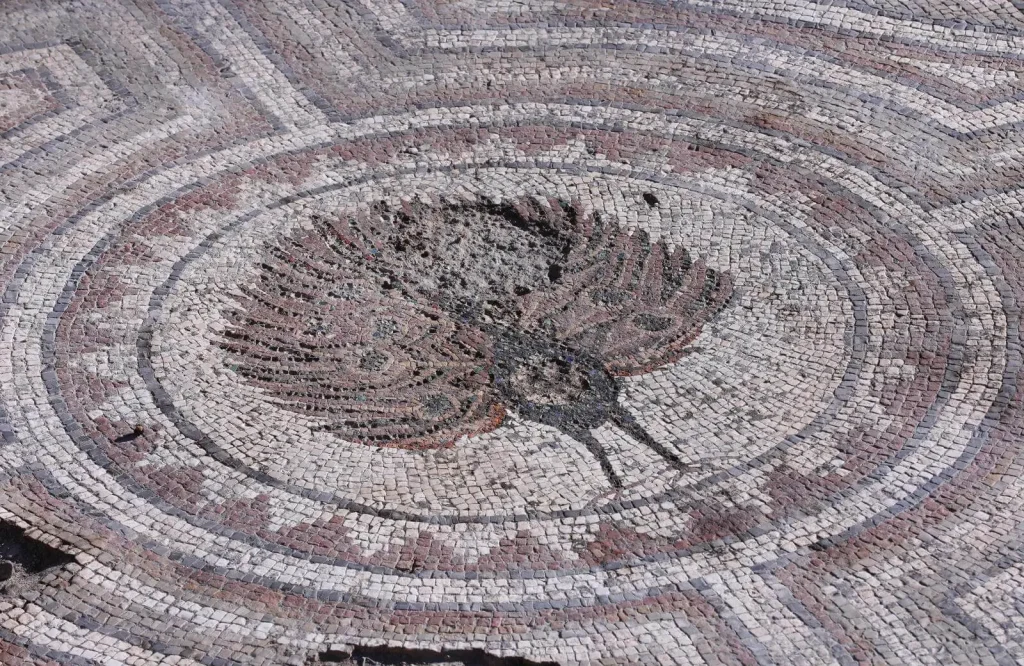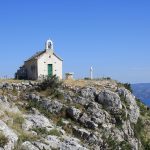The beautiful ancient mosaics discovered recently in the center of Solin caused a sensation in archeological circles, but also beyond. The probable floor of some Roman villas on the outskirts of Salona may shed new light on the area where the capital of Roman Dalmatia stretched. And not only that, but this is one of the few findings that can show how people lived in Salona, reports T.portal.
Apart from the profession’s interest and the work that restorers are currently doing on mosaics, the main issue is the future presentation of one of the critical Salona discoveries in the last few decades. As things stand now, the mosaics will be covered with glass and get a well-deserved place in the future city cultural center, which is why the works that led to the discovery began in that area.

Ivo Cagalj/PIXSELL
With underfloor heating installations and a beautiful small mosaic with flowers, the main discovery is undoubtedly a giant mosaic with more decorative details – an image of a peacock. It may be that the former villa owner, unknown to us today, admired the beauty of this bird. Still, according to some experts, the depiction of a peacock may indicate when the villa was built, i.e., in early Christianity, from the 4th century onwards (Salona was abandoned in the first half of the 7th century). The reason is the significant symbolism of the peacock in the Christian religion.
Peacocks are usually depicted in early Christian art as a symbol of resurrection and eternal life. Such a meaning probably comes from pre-Christian religions, from Greek to Jewish. It was believed that peacock meat did not decay even after death, so they considered it a symbol of eternity. The belief was also passed on to Christians, who portrayed this bird as a sign of Christ’s eternal existence. St. Augustine tested this thesis in practice and was surprised at how long the meat remained undigested. In “The State of God,” he even wrote about his experiment: “a year later, it remained the same, except that it dried up.” These are all reasons why this bird can be seen in catacombs and tombs because it reminds believers of the soul’s immortality.
In the Middle Ages, this was supplemented by the fact that the peacock sheds its feathers every year, and new ones grew even more beautifully than before. Legends also said that the beautiful colors of peacock feathers come from food, that is, that a peacock can kill and eat venomous snakes, whose venom ‘turns’ into miraculous feather colors. It was similar, it was believed then, with Christ: he dies for us on the cross, then rises from the dead by defeating evil by taking divine form, and with healed wounds. It can also be said that the peacock – whose beauty is not always visible – symbolizes a Christian who has attained eternal life by faith and has shown all his greatness by resurrection, just as a peacock spreads its spectacular tail on special occasions. Interestingly, in later times, and even today, the peacock was seen more as a symbol of vanity.
The peacock’s tail had another meaning – the ‘eyes’ at its ends reminded Christians of the God who sees everything. For example, the pillars of Theodosius’ Forum in Constantinople, today’s Istanbul, were decorated with that part of a peacock’s tail.
We can only hope that the announcements about the presentation and (more importantly) preservation of this finding will come true, and that it will not experience the fate of the most famous Salona mosaic, a depiction of two deer drinking water and the inscription ‘As a deer longs for a spring of water, so my soul longs, God, for You.’ Namely, this mosaic disappeared between the two world wars, and today there are only replicas and paintings.
For more, check out our dedicated lifestyle section.










